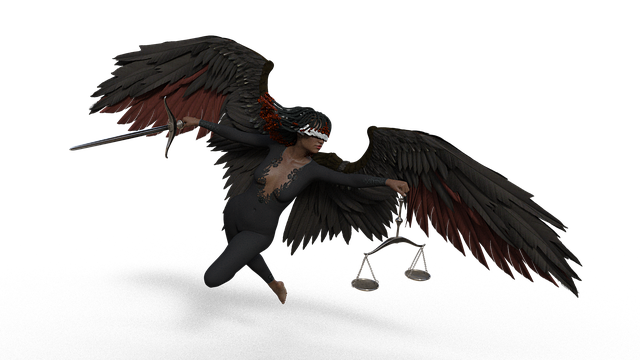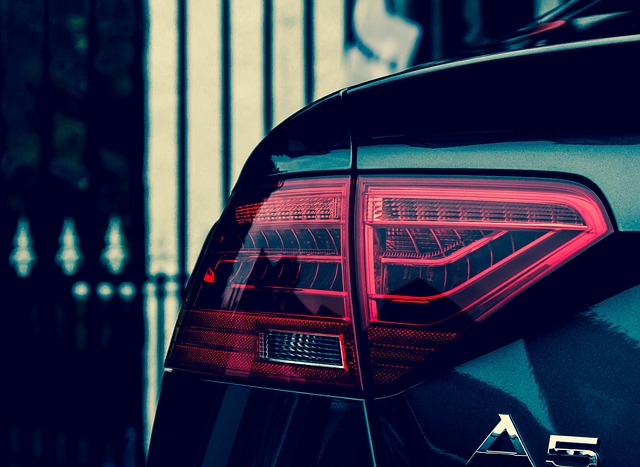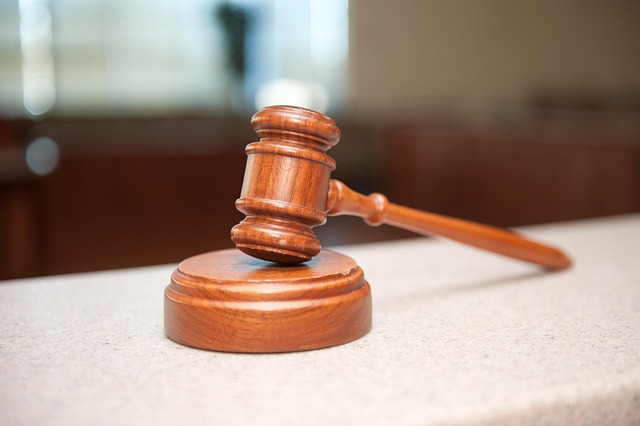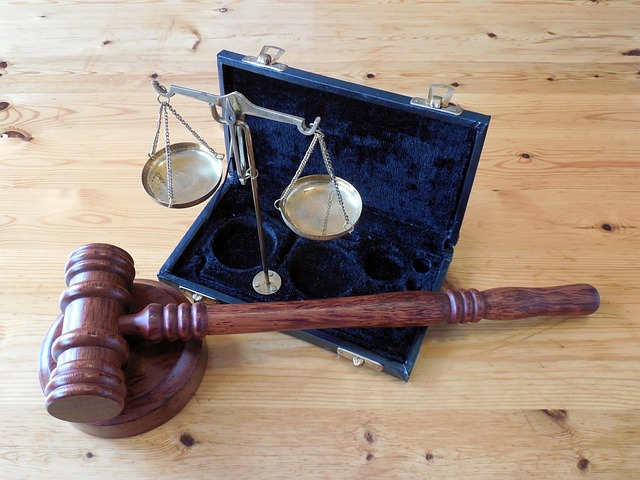Sidewalk Accident Lawyer: Strategies for Maximizing Your Compensation

Sidewalk accidents caused by defects, poor maintenance, or inadequate lighting can lead to serious i…….
In an increasingly urbanized world, ensuring safety on public footpaths is a critical concern. This is where the role of a sidewalk accident lawyer becomes pivotal—they are legal experts specializing in cases involving injuries sustained on sidewalks, often due to negligence or unsafe conditions. This comprehensive article aims to explore every facet of this specialized legal field, offering valuable insights for both professionals and individuals seeking understanding. From defining key terms to delving into global trends and future prospects, we will dissect the complex world of sidewalk accident law.
Definition: A sidewalk accident lawyer is a legal professional who practices within the realm of personal injury law, specifically focusing on cases arising from incidents that occur on sidewalks or public walkways. These lawyers advocate for individuals who have suffered injuries due to slip-and-fall accidents, trip hazards, dangerous conditions, or negligence by property owners or municipalities.
Core Components:
Personal Injury Law: This is the foundation of their practice, involving tort law principles where individuals seek compensation for physical injuries and related damages.
Negligence Claims: Sidewalk accident lawyers often pursue legal action against parties who fail to maintain a safe environment, such as property owners, landlords, or local governments. They must prove negligence, which includes four key elements: duty, breach of duty, causation, and damages.
Property Law: Understanding the rights and responsibilities associated with land ownership is crucial when dealing with cases where the incident occurred on private property.
Local Regulations and Ordinances: Lawyers must be familiar with local laws and guidelines regarding sidewalk maintenance, accessibility, and safety standards to build strong cases.
Historical Context: The concept of sidewalk accident law has evolved alongside urban development. As cities grew, so did the need for legal frameworks to address safety concerns. In many jurisdictions, early legislation focused on ensuring clear access and passage, but over time, these laws expanded to include responsibilities for maintaining safe conditions on sidewalks.
The influence of sidewalk accident law extends far beyond national borders, with varying trends and interpretations across regions:
| Region | Trends/Insights |
|---|---|
| North America | Strict liability laws in some states for certain types of sidewalk hazards. Increased focus on accessibility and accommodation for individuals with disabilities. |
| Europe | Comprehensive property laws mandate landlords ensure safe conditions. Strict regulations regarding snow removal and ice control after winter storms. |
| Asia | Rapid urbanization presents unique challenges, leading to a surge in litigation related to sidewalk accidents. Growing awareness of consumer rights among the population. |
| Australia | Consistent approach across states with clear guidelines on duty of care and negligence. Focus on proactive maintenance programs to prevent accidents. |
These variations highlight the diverse legal landscapes shaping the practice of sidewalk accident law globally.
Technological innovations have a profound impact on the field:
Digital Evidence Management: Lawyers now utilize digital tools to organize and present evidence, including 3D modeling of accident scenes, drone footage for aerial perspective, and advanced data analytics to identify patterns in similar cases.
Mobile Apps and Software: There is a growing trend among law firms to develop or adopt apps that enable efficient client communication, case management, and legal research.
Predictive Analytics: Advanced algorithms can predict potential hazards and suggest proactive measures, helping lawyers build stronger cases and municipalities improve safety.
In this landmark case, a plaintiff successfully sued a city for failing to remove ice from a sidewalk after a severe winter storm. The court ruled in favor of the plaintiff, emphasizing the city’s duty of care and the potential for substantial damages in similar cases. This ruling set a precedent for stricter liability and improved snow removal protocols across the city.
A tenant sued their landlord after slipping on a wet floor in a common area, resulting in serious injuries. The court found the landlord negligent due to their failure to maintain proper lighting and warn tenants of the hazard. This case highlighted the importance of property owners’ responsibilities in ensuring safe conditions for tenants and visitors.
A group of residents brought a class-action lawsuit against a municipal corporation for its inadequate response to a recurring issue of broken sidewalks. The court ruled in favor of the community, ordering the corporation to implement a comprehensive sidewalk repair and maintenance program. This case demonstrated the power of collective action and its potential to drive systemic change.
The field of sidewalk accident law plays a crucial role in ensuring safety and justice in urban environments globally. By understanding the intricate interplay of legal principles, technological advancements, and public policy, lawyers in this specialized field contribute significantly to society’s well-being. As cities continue to evolve, so too will the challenges and opportunities within this dynamic legal domain.
Q: What is the first step after sustaining an injury on a sidewalk?
A: Immediately seek medical attention for your injuries. Document the incident by taking photos of the hazard or unsafe condition, noting the date, time, and location. Gather contact information from witnesses and any relevant insurance details.
Q: How long do I have to file a lawsuit after a sidewalk accident?
A: Time limits vary by jurisdiction, but typically you have 1-3 years from the date of the incident to file a personal injury lawsuit. It’s crucial to act promptly to preserve evidence and ensure your legal rights are protected.
Q: Can I sue if I tripped over my own foot on an uneven sidewalk?
A: While it may seem straightforward, establishing liability in such cases can be complex. The key is to demonstrate that the property owner or municipality had actual or constructive knowledge of the hazard and failed to address it promptly.
Q: How does weather impact sidewalk accident cases?
A: Extreme weather conditions like heavy snowfall, freezing rain, or flooding can significantly increase the risk of accidents. Many legal systems consider these factors when determining liability, especially in cases involving ice or snow on sidewalks.
Q: What is alternative dispute resolution (ADR)?
A: ADR refers to processes outside traditional courtroom litigation, including mediation, arbitration, and negotiation. These methods offer more flexible, cost-effective, and often faster resolutions to disputes.

Sidewalk accidents caused by defects, poor maintenance, or inadequate lighting can lead to serious i…….

After a sidewalk accident, a sidewalk accident lawyer is crucial for seeking compensation. They offe…….

Sidewalk accidents can lead to legal battles requiring a specialized sidewalk accident lawyer. These…….

After a sidewalk accident, immediately prioritize safety, gather evidence (dates, times, locations,…….

A skilled sidewalk accident lawyer is your best advocate for personal injury claims resulting from p…….

Sidewalk accidents can cause severe harm and legal complications. A sidewalk accident lawyer is cruc…….

Sidewalk accidents caused by negligence can result in serious injuries. Prompt repairs and regular i…….

Sidewalk accidents caused by hazardous conditions or negligence can lead to severe injuries. A sidew…….

A skilled sidewalk accident lawyer is your advocate for justice and recovery after a pedestrian inju…….

Sidewalk accidents caused by unsafe conditions or negligence can result in severe injuries and compl…….